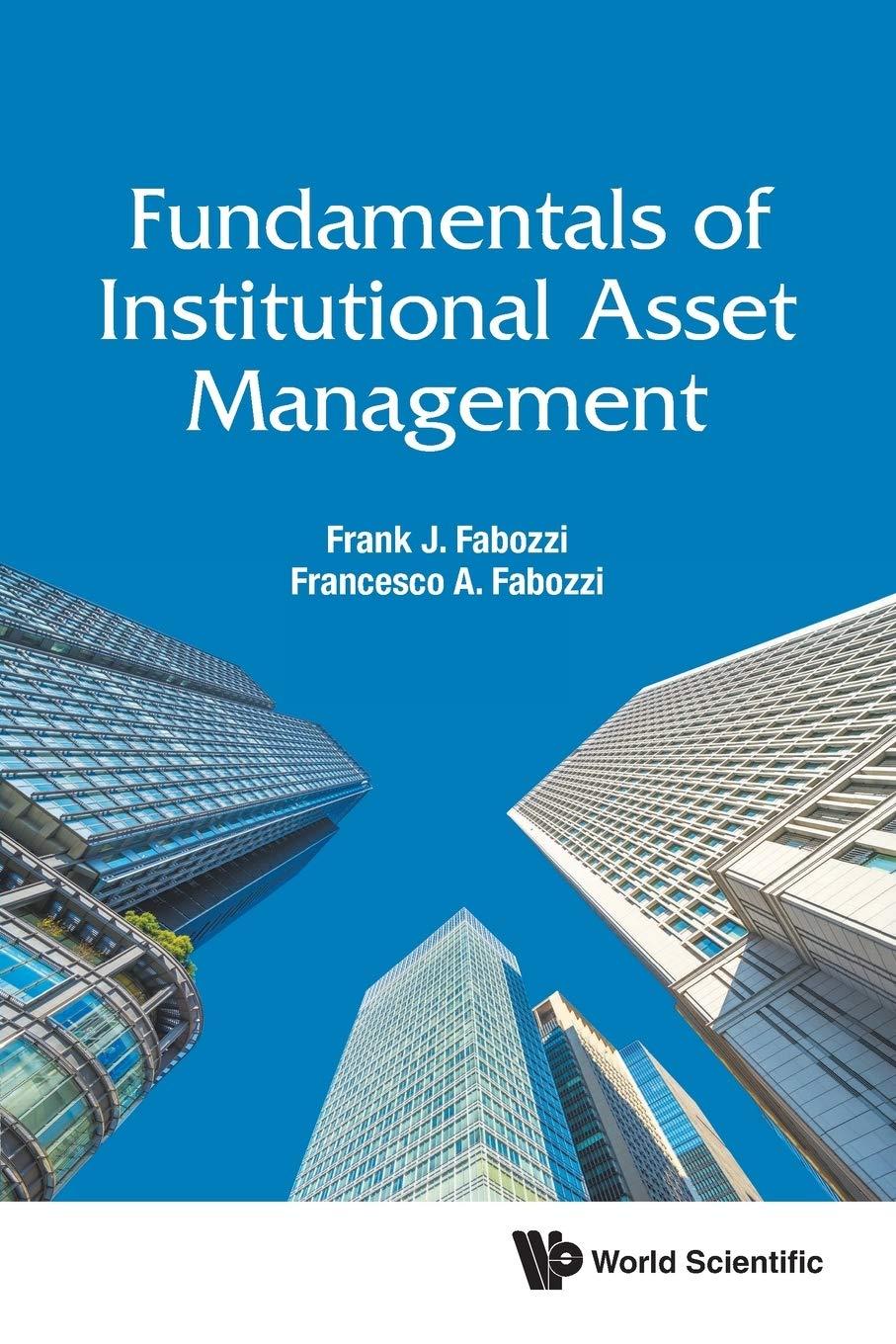Question
CASE STUDY- Derivatives and Risk Management Raghav Metals are traders in metals. One of the products they trade in is steel plates. They buy steel
CASE STUDY- Derivatives and Risk Management
Raghav Metals are traders in metals. One of the products they trade in is steel plates. They buy steel plates for inventory as well as on order. Usually they buy steel plates on the first of every month and the usual monthly demand is 320 MTMT. If they get an order for steel, they require about three weeks to fulfil that order. They buy the steel plates at the prevailing market price and sell them at a markup of 15 to 20 per cent. Since the price of steel plates is dependent on steel prices and the price of steel is very volatile in the world market, Raghav Metals face a problem with regard to the projection of their cash outflows every month when they buy the steel plates.
Raghav, the ownermanager of Raghav Metals has heard that one way to streamline the cash flow would be to enter into hedging activity using futures markets. Since Raghav is just a trader, he is not sure what hedging involves. However, he decides to see what futures contracts are available and finds that there are three futures contracts available in the Multi Commodity Exchange of India (MCX India): futures on steel ingots, steel flats, and sponge iron.
The futures on steel ingots have a contract size of 15 MT, and the delivery date is on the 15th of the calendar month. Contracts are available with a maturity of three months from the launch date, and they are launched on the 16th of each calendar month. The current futures price on steel ingots is INR 24,170 per MT, with expiry next month.
The futures on steel flats have a contract size of 25 MT, and the delivery date is 15th of the calendar month. Contracts are available with a maturity of four months from the launch date, and they are launched on the 16th of each calendar month. The current futures price on steel flats is INR 30,880 per MT, with expiry next month.
The futures on sponge iron have a contract size of 15 MT, and the delivery date is 15th of the calendar month. Contracts are available with a maturity of four months from the launch date, and they are launched on the 16th of each calendar month. The current futures price on sponge iron is INR 16,110 per MT, with expiry next month.
Since Raghav is not aware of how to go about hedging, he has contacted you to answer some questions he has regarding hedging. You are required to help him come up with a hedging strategy. The questions to be addressed are:
- What is the purpose of hedging? What will it do for Raghav Metals?
- I have been told that there are two types of hedges: long hedges and short hedges. What do they mean? Which one is appropriate for Raghav metals?
- I understand that hedging is done to reduce price uncertainty. Can I make certain that I will know the price that will be paid if I enter into a futures contract?
- There are three different iron and steel contracts available in the market. Which of these contracts is the best for Raghav Metals?
- Our usual practice is to buy steel plates in the market on the 1st day of every month. If I use futures to hedge, will this strategy work, or should I change the timing of purchase?
- Based on these questions, you decide to find the correlation between the market price of steel plates and the market price of the futures on steel flats, steel ingots, and sponge iron. The standard deviation of the market price of steel plates, futures price on steel flats, futures price on steel ingots, and futures price on sponge iron is INR 450, INR 380, INR 520, and INR 420, respectively. The correlation between the price of steel plates and the futures price of steel flats is 0.87, that between the price of steel plates and the futures price of steel ingots is 0.82, and that between the price of steel plates and the futures price of sponge iron is 0.65. Which of these contracts should Raghav use for hedging?
- As his monthly demand is 320 MT a month, what will be his strategy of hedging? That is, how many contracts should he enter into?
Suppose that he enters into a hedging contract today, with expiry next month. On the expiry date, you find that the spot prices of the various metals per MT are as follows: steel plates, INR 28,780; steel flats, INR 31,450; steel ingots, INR 25,740; and sponge iron, INR 18,200. What is the effective cost of steel plates for Raghav if he uses the various futures to hedge?
Step by Step Solution
There are 3 Steps involved in it
Step: 1

Get Instant Access to Expert-Tailored Solutions
See step-by-step solutions with expert insights and AI powered tools for academic success
Step: 2

Step: 3

Ace Your Homework with AI
Get the answers you need in no time with our AI-driven, step-by-step assistance
Get Started


